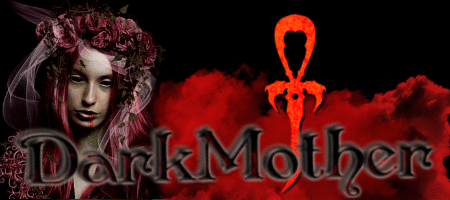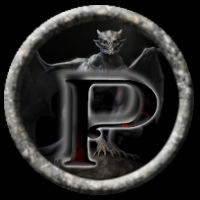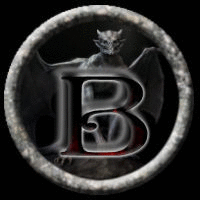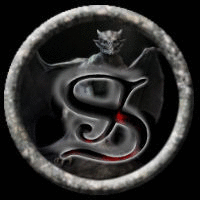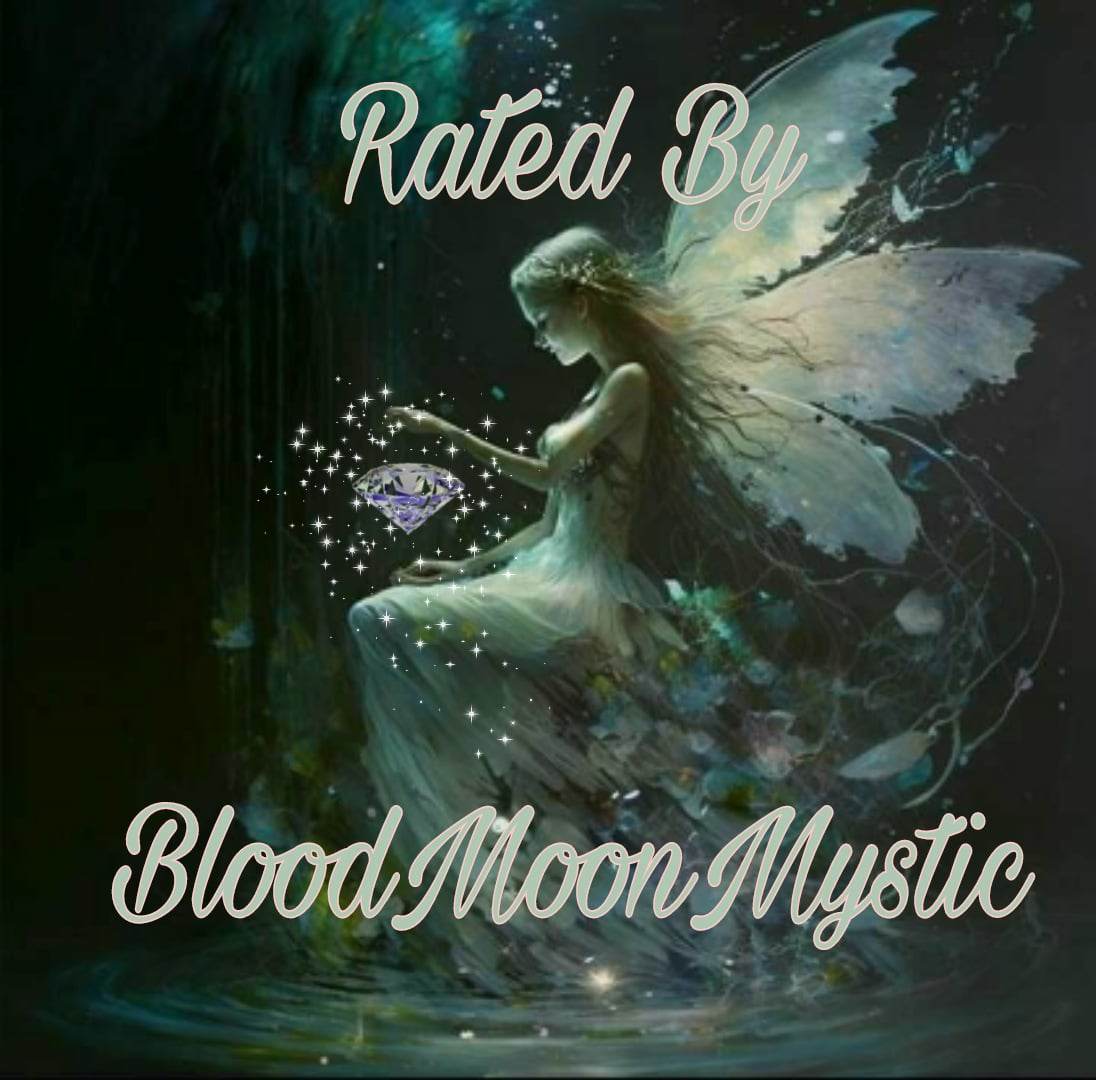❤️ Safe Haven ❤️ Dark Kindred ❤️ Join Us Set at 17:05 on August 27, 2023
19:19 Oct 27 - DarkMother was doing something Mysterious .Premium Member stuff.Mysterious .Premium Member stuff.Honor .Honor .Honor .Mysterious .The Forum .The Forum .The Forum .The Forum .The Forum .The Forum .The Forum .Societies .The Forum .Premium Member stuff.The Forum .The Forum .Premium Member stuff.The Forum .The Forum .The Forum .
Websites Quote: Souls fear what they dont understand. Education is the tool needed for self growth and life.
Member Since: Jul 08, 2014
Last Login: Oct 27, 2024 Times Viewed: 21,036
Times Rated: 598 Rating: 9.864
Rate this profile [ All Comments ]
Choose Layout
Phantasm (Default)
Bantam Brown
Cimmerian Red
Eternal Boys
Eternal Girls
Eternal Epicene
Mobile
Oracle Red
VR Classic Blue
VR Classic Green
VR Classic Purple
VR Classic Red


